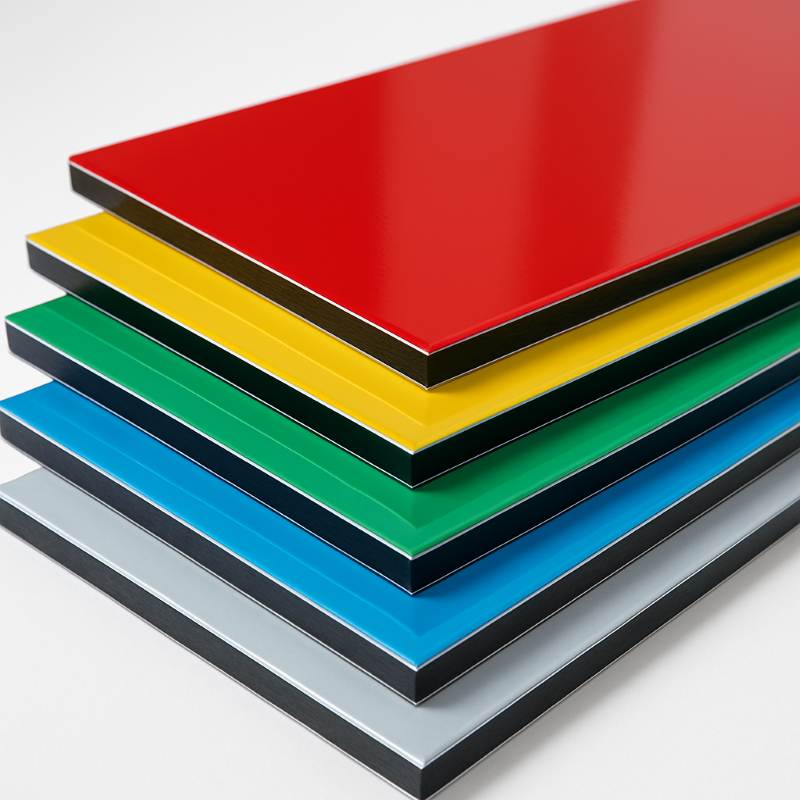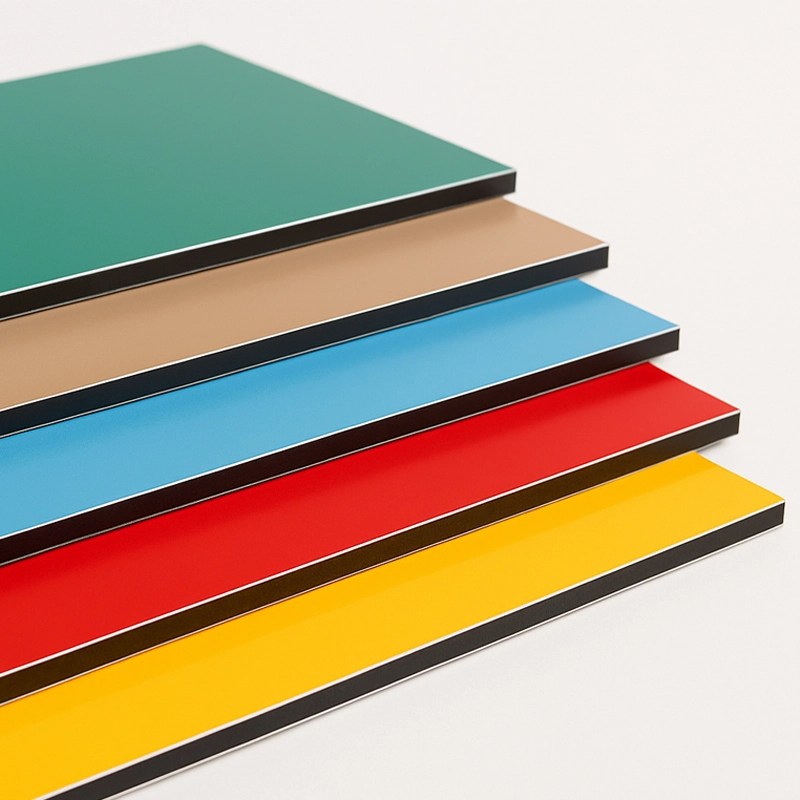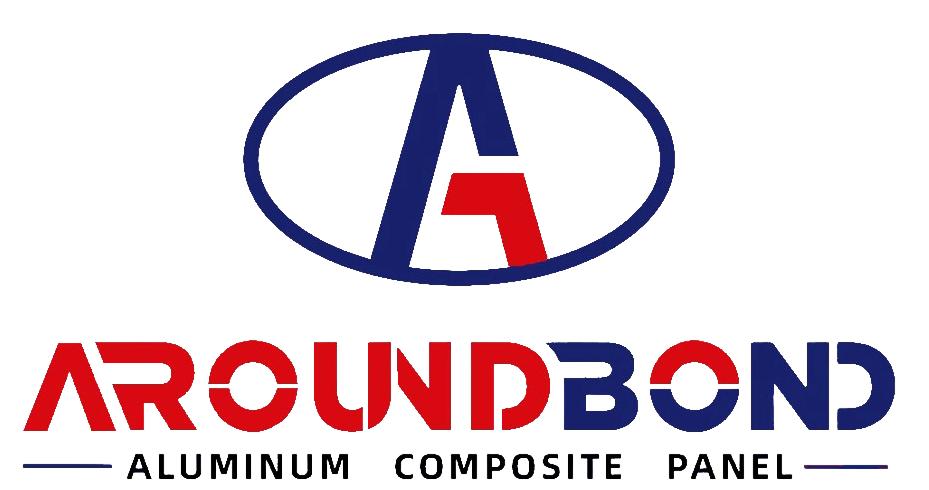Surface Coatings for Aluminum Composite Panels
Surface Coatings for Aluminum Composite Panels
#Aluminum Composite Panels#(ACPs)
1. Introduction to Surface Coatings in ACPs
Aluminum composite panels (ACPs) are engineered materials consisting of two aluminum sheets bonded to a core (typically polyethylene or mineral-filled). The surface coatings applied to these aluminum sheets define their durability, aesthetics, and functionality. These coatings protect against environmental degradation—UV radiation, pollution, abrasion, and chemical exposure—while enabling diverse architectural expressions. The selection of coatings directly impacts the panel’s lifespan, maintenance needs, and compliance with safety standards.
#Aluminum Composite Panels
2. Primary Coating Types: Composition and Properties
2.1. Polyester (PE) Coatings
Composition: Thermoplastic resin derived from polyethylene terephthalate (PET).
Properties:
Cost-effective with moderate weather resistance (5–8 years lifespan).
High color retention and flexibility, suitable for indoor applications like ceilings, partitions, and signage.
Limited UV stability compared to PVDF; prone to chalking and fading in harsh climates.
Applications: Interior cladding, exhibition booths, and non-critical outdoor signage.
2.2. Polyvinylidene Fluoride (PVDF) Coatings
Composition: Fluorocarbon-based resin (e.g., 70% PVDF + 30% acrylic).
Properties:
Exceptional weatherability (20+ years lifespan), resisting UV, acid rain, and pollutants.
Self-cleaning properties due to low surface energy; minimal dirt accumulation.
Meets stringent standards (e.g., AAMA 2605) for color retention, adhesion, and chemical resistance.
Applications: High-rise façades, coastal structures, and projects requiring long-term performance.
2.3. Nano Coatings
Composition: PVDF or PE base enhanced with nano-particles (e.g., SiO₂, TiO₂).
Properties:
Hydrophobic and oleophobic surfaces repel water, oil, and graffiti.
Enhanced scratch resistance (up to 3H pencil hardness) and antibacterial properties.
Improved UV dispersion, reducing thermal expansion and color shift.
Applications: Hospitals, public transport hubs, and pollution-prone urban areas.
2.4. Specialty and Decorative Finishes
Types:
Brushed/Mirror Finishes: Mechanical abrasion creates metallic luster or high reflectivity.
Digital Prints: Sublimation transfers wood, stone, or custom patterns onto PE/PVDF layers.
Oxidized and Anodized Finishes: Electrochemical processes generate bronze or copper hues with improved hardness.
Applications: Luxury interiors, branded environments, and architectural features.
#Aluminum Composite Panels

High gloss aluminum composite panel
3. Coating Selection Criteria
3.1. Environmental Factors
Coastal/Industrial Zones: PVDF or nano-coated ACPs resist salt spray and SO₂ pollution.
High-Temperature Regions: PVDF’s thermal stability (up to 120°C) prevents blistering.
3.2. Functional Requirements
Fire Safety: Mineral-core ACPs with PVDF coatings achieve A2-s1,d0 fire ratings.
Hygiene: Nano coatings inhibit microbial growth in healthcare settings.
3.3. Economic Considerations
Coating Type Cost Relative to PE ROI Period
PE Base cost 5–8 years
PVDF 30–50% higher 15–20 years
Nano 2× PVDF 20+ years
Source: Industry cost analyses
#Aluminum Composite Panels
4. Innovations and Future Trends
Photocatalytic Coatings: TiO₂-infused layers break down pollutants under UV light, enabling “smog-eating” façades.
Integrated Energy Tech: PVDF coatings combined with embedded photovoltaic films transform ACPs into energy-generating surfaces.
Bio-Based Resins: Development of sugarcane-derived fluoropolymers to reduce carbon footprints.
#Aluminum Composite Panels

Aluminum Composite Panels
5. Quality Control and Certification
Testing Protocols:
Salt Spray Test: 1,500+ hours for PVDF (ASTM B117).
Adhesion: Cross-cut test >7N/mm (ISO 2409).
Fire Ratings: A2 certification (EN 13501-1) for mineral cores.
Industry Standards: ASTM, ISO 9001, and CE markings ensure global compliance.
#Aluminum Composite Panels
6. Conclusion
The evolution of ACP coatings—from basic PE to nano-enhanced PVDF—reflects a convergence of aesthetics, sustainability, and engineering. While PVDF remains the gold standard for exteriors, nano and digital finishes unlock new design paradigms. Architects must balance environmental exposure, safety mandates, and lifecycle costs to specify optimal coatings. As regulatory pressures mount (e.g., bans on combustible cladding), mineral-core ACPs with advanced coatings will dominate next-generation façades.
#Aluminum Composite Panels#Aluminum Composite Panels
Aroundbond store:https://shanghaijijia.en.alibaba.com/?spm=a2700.29482153.0.0.2ccc71d2OqTy45
Aroundbond store:https://acpmanufactory.com/store/


